Borage Seeds
$5.60 Original price was: $5.60.$2.90Current price is: $2.90.
In stock
Your Vegetable Garden’s Best Friend!
This lovely annual herb attracts bees and repels predatory insects
Genus: Borago
Species: officinalis
Item Form: (P) Pkt of 100 seeds
Bloom Start to End: Mid Summer
Days to Maturity: 56
Habit: Upright
Seeds Per Pack: 100
Plant Height: 24 in
Plant Width: 6 in – 12 in
Bloom Size: 1.5 in
Additional Characteristics: Bloom First Year, Tomato aids, Butterfly Lovers, Easy Care Plants, Pest Fighter, Direct Sow, Edible, Flower, Fragrance, Herbs
Bloom Color: Blue
Foliage Color: Medium Green
Harvest Season: Early Summer, Mid Summer
Light Requirements: Full Sun
Moisture Requirements: Dry, Moist, well-drained
Resistance: Deer Resistance, Disease Resistant, Heat Tolerant, Humidity Tolerant, Pest Resistant
Soil Tolerance: Normal, loamy, Poor
Uses: Beds, Wildflowers, Cuisine, Outdoor
56 days from direct-sowing.
It makes strawberries fruit more heavily, keeps hornworms off the tomatoes, and increases yields of cucumbers, gourds, and other fruiting plants. Borage is more than just a pleasant edible herb. It’s a garden guardian, and it belongs in your sunny annual bed as well as the vegetable patch and herb garden!
An annual (or biennial) with handsome small blue blooms as well as long, toothy leaves, borage grows quickly and self-sows readily. It needs to be direct-sown where it is to grow, because it forms a long taproot that does not transplant well. So after you’ve transplanted your tomatoes and set your strawberry runners, drop a few seeds in holes spaced about a foot apart in full sun. Cover with ½-inch of soil, and within 2 weeks you will see green shoots!
Borage flowers in early to midsummer, and the blue blooms make lovely garnishes for salads and cakes. The young leaves have a cucumber flavor, and are quite edible as well, though they can become tougher with maturity. Try them in tea and in potpourri.
But aside from its culinary use, borage is simply your fruit and vegetables’ best friend. It is a bee magnet, and seems to repel several types of predatory pests while simultaneously welcoming “good bugs” into the garden. Strawberries are its boon companion, and it has been shown to increase the yields of this fruit. Tomatoes also benefit. There is simply no place in the sunny garden that borage shouldn’t go!
This herb self-sows, so if you want to avoid unwanted seedlings in the spring, choose which plants you allow to go to seed. (Simply snip the bloomheads off the others and remove them from the garden, using the flowers as garnish or flavoring.) Let the others remain through fall, and nature will do the rest!
Borage reaches about 2 feet high, with 1½-inch star-shaped blooms of brilliant azure. We didn’t even mention the reason many gardeners grow it: its beautiful ornamental appeal! An all-around must-have for any sunny garden spot. Pkt is 100 seeds.
| Weight | 1 kg |
|---|---|
| Dimensions | 1 × 1 × 1 cm |
Be the first to review “Borage Seeds” Cancel reply
Shipping is an additional 15-29 business days depending on location. Shipping time will be provided at checkout.
Returns
If seeds fail to leave China, we will refund your payment 100%. But if seeds fail to reach you due to customs problem on your side which we were not informed in advance, we will not be able to bear any loss, and no refund will be made.
We sell only viable plants seeds online, and test germination of our seeds from time to time. So we will not be able to refund for seeds that clients fail to germinate, unless we are convinced that it's truly problem of our seeds.
———
Please send us an email: [email protected] and be as detailed as possible while filling in the information.
After submission, We will reply to you within 24 hours. Please be patient.
———
CHARGEBACKS & DISPUTES
Please contact us by email before opening a merchant chargeback or payment dispute, as we can generally resolve the issue before that takes place. Any chargebacks and disputes disable our ability to issue refunds or credits due to funds being frozen.
———
REFUND, EXCHANGE AND RETURN
Customers have the right to request a refund/ return/ exchange within 14 days from the delivery date. Our Customer Service team will offer the best solutions for specific situations.
Related products
Tomato
Tomato
Tomato


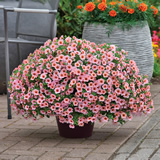
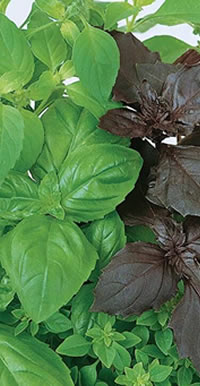
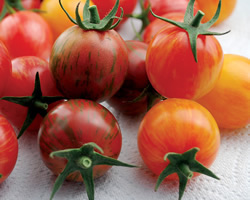
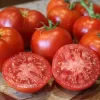
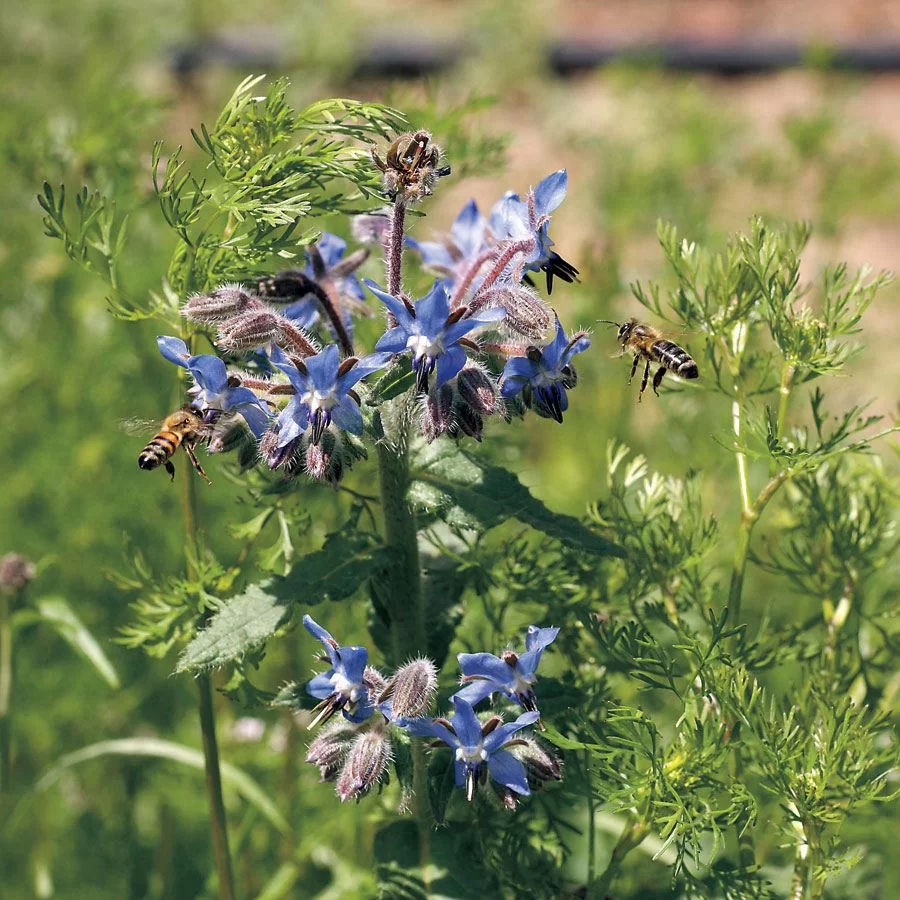
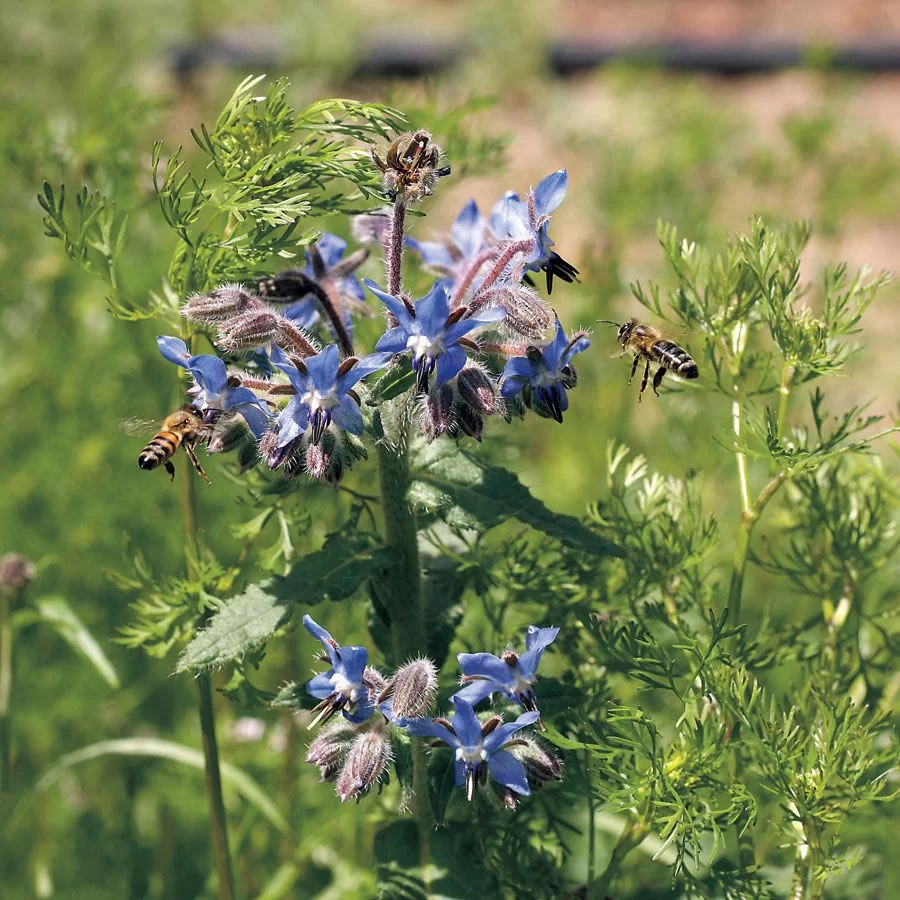
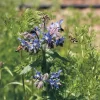
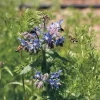
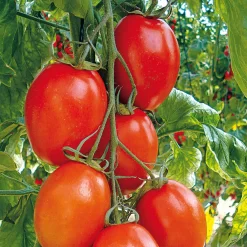
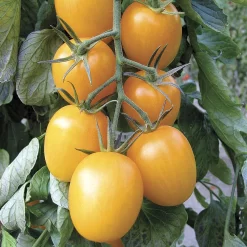
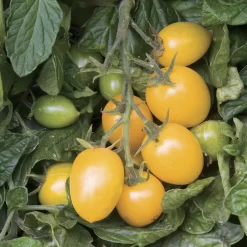
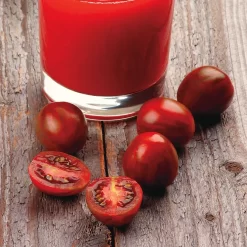
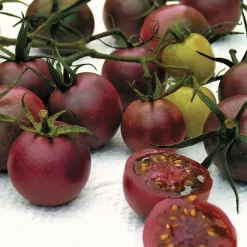
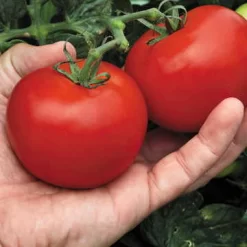
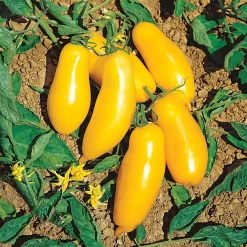
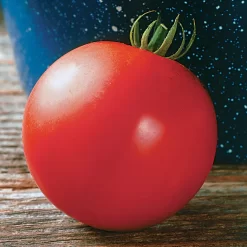
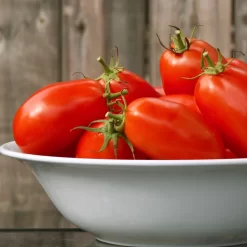
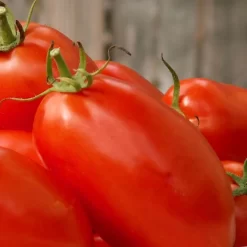
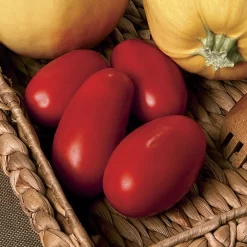
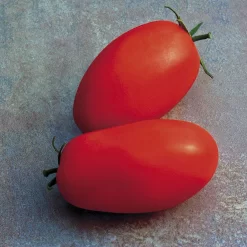
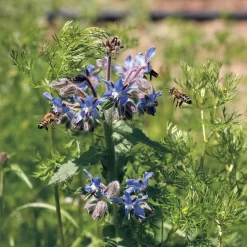
Reviews
There are no reviews yet.